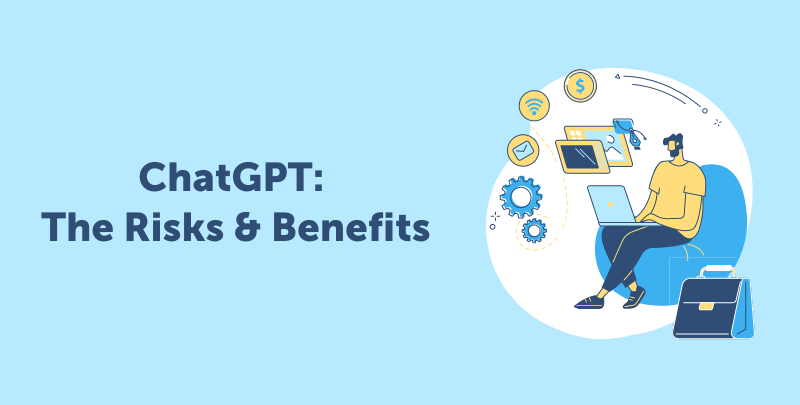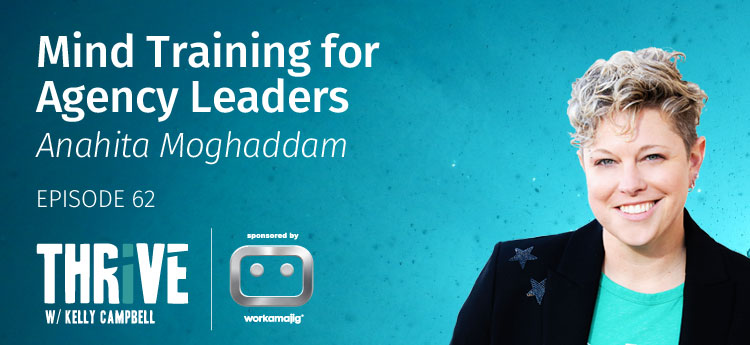Get all our templates, tips, and fresh content so you can run effective, profitable, low-stress projects in your agency or team.
The risk of a company employee coming down with the flu and taking a few days off is very high, but the consequences are low.
The risk of a major fire completely destroying an office is very low, but the consequences would be major.
The risk of an employee leaving a company during a busy season is moderate, and the consequences, too, are moderate.
Categorizing risk helps you a) become more aware of the risks you are dealing with and b) understand which ones you need to pay close attention to and which ones are not cause for concern.
What is a risk matrix?
A risk matrix is a visual representation of the risks a company faces, depicted in a 5x5 risk matrix grid that looks like this:
Risk consequences are depicted on the X axis, and risk likelihood is depicted on the Y axis. A high risk is plotted high on the consequence scale and high on the likelihood scale, whereas a low risk is plotted low on the consequence scale and low on the likelihood scale. Medium risks are plotted somewhere in the middle.
A company might use a risk assessment matrix for an overall company risk assessment or for individual projects.
What are the benefits of using a risk matrix?
- Shows risks at a glance: The idea of a color coded risk matrix is that you can see risks and their severity at a glance rather than having to read through paragraphs of risk assessments.
- Risks are prioritized: Once risks have been categorized, they can be addressed accordingly. A risk management matrix helps you figure out which risks need to be paid a great deal of attention to and which can be more or less ignored.
- Impresses stakeholders: Creating a risk matrix shows stakeholders that you take potential risks seriously and is a quick and easy way for stakeholders to visualize your risk assessment.
How to create a risk matrix
- Identify risks: To identify project risks, consider components like resources, budget, and timeline. Consider what risks could arise from each and write them down.
- Determine risk severity: How severe would the consequences of the risks be? Think about the worst possible outcome and how hard it would be to recover from each risk. Based on that, categorize the risk severity from 1-5, with 5 being the highest severity.
- Determine risk likelihood: Based on past project experience and common sense, how likely is it for each risk to occur? Rate each risk likelihood from 1-5.
- Plot risks on the risk matrix grid: Plot them according to how you’ve categorized them in steps 2 & 3. You can then calculate the risk impact with the following formula: severity x likelihood = risk impact.
- Prioritize risks: Based on your risk assessment matrix, prioritize risks according to their level of impact. The most thought and planning should go into the risks with the greatest potential impact.
How can Workamajig help you reduce risks in your projects?
As we mentioned above, project risks tend to stem from mishandled resources, budgets, and timelines. Therefore, the best way to mitigate risks is to use software designed to streamline these processes and keep them on target.
Enter Workamajig - a project management software designed specifically to help creative teams do just that.
- Easy to use, tailor made resourcing software? ✔️
- Fully integrated finance & accounting software? ✔️
- Versatile time tracking and task management? ✔️
- Just about every feature your creative agency could need? ✔️
Find out why top creative agencies use Workamajig here.
Related Posts


